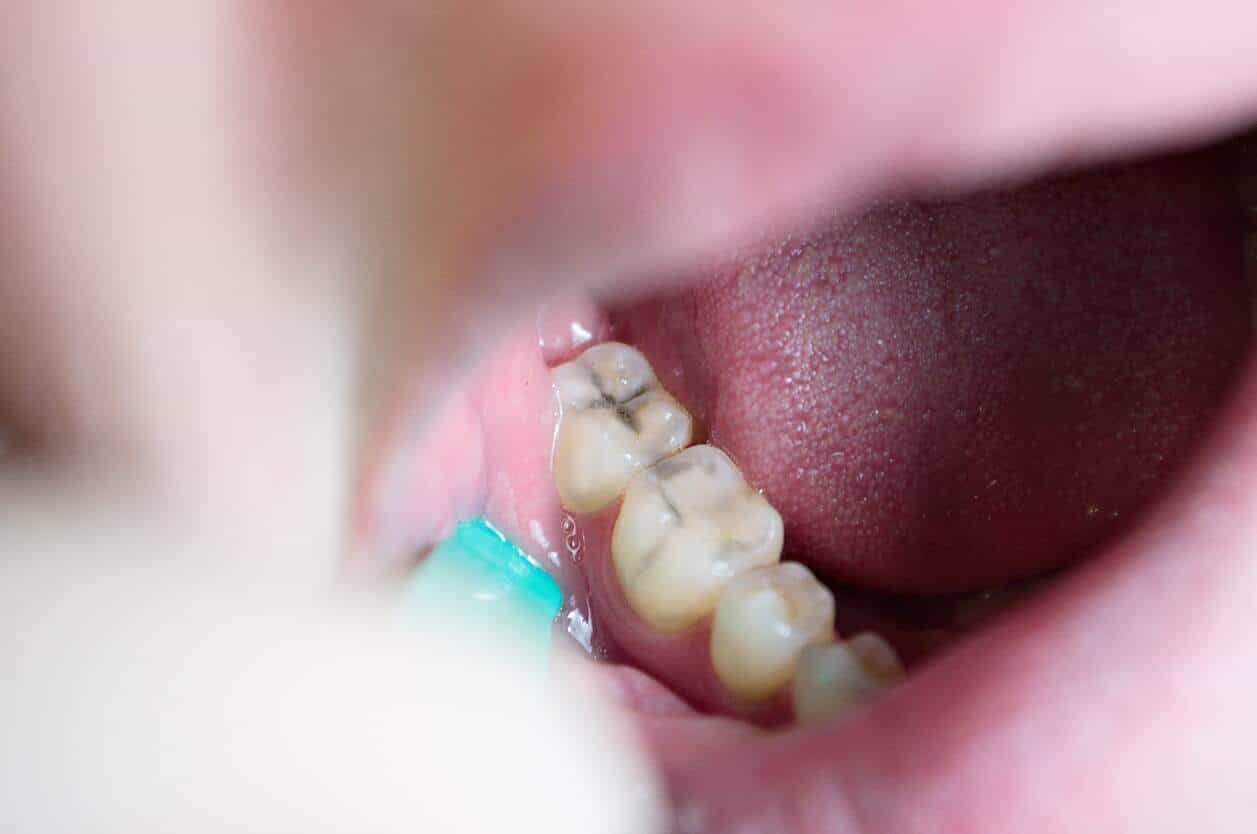HEALTH
Early Signs of Cavities in Teeth and How to Treat Them

Cavities in Teeth
A cavity is the damage to a tooth caused by tooth decay. Decay can affect the dentin (the inner layer of the tooth) and the enamel (the outer coating of a tooth). Signs of a cavity depend on how far advanced it is and where in a tooth it is located. Cavity symptoms often are unnoticed until the decay worsens. If a cavity is discovered early enough, there are ways to prevent significant damage.
Symptoms of Cavities
One of the most common signs of cavities in teeth is sensitivity when eating or drinking cold or hot things. Sometimes, eating sweet foods can cause sensitivity to a cavity. Some people experience a sharp, shooting pain when biting down. This could also be a sign of decay or another dental problem.
Early signs of cavities are mild, but if ignored, they can turn into severe toothache. At this later stage, pain may be constant even if there is no chewing, talking, or eating.
Once a cavity has advanced to the later stages, there are some visible signs. A person may be able to see a hole in the tooth where the decay is advancing. This can also look like a dent or a pit in the tooth. There may also be discoloration of the tooth. A stain or spot on a tool may look brown, black, or bright white.
An often unknown symptom of cavities is bad breath. Food can get caught in the holes and pits and grow bacteria. This produces bad breath and a bad taste in the mouth.
Because many of the signs of a cavity can also be symptoms of other problems, preventative care from a dentist is essential. Periodic X-rays will easily show tooth decay and allow the dentist to restore the tooth to health.
Causes of Cavities
Carbohydrates like fruit, cake, soda, milk, cereal, and bread can stay on the teeth. Bacteria in the mouth then turn them into acids. The combination of saliva, food, acid, and bacteria creates plaque. This plaque sticks to the teeth and then dissolves the enamel, causing a cavity.
Some people think only children develop cavities, but adults also get them. As people age, their gums pull away from their teeth, sometimes because of gum disease. The roots are exposed, and the teeth are likely to develop cavities. Adults also get cavities around the edges of prior fillings. Sometimes, older adults did not have proper dental care when they were younger or didn’t use fluoride. This leads to weak teeth, bacteria, and decay.
Other things that increase the chances of tooth decay include eating clingy drinks and food. Foods like ice cream, cereal, chips, soda, and sugar can cause decay. People who do not brush their teeth properly are also more likely to have cavities. Fluoride can help prevent cavities and even reverse early tooth decay. Fluoride comes in tap water and toothpaste.
Treatment for Cavities
The treatment for cavities depends on where the cavity is and how far advanced it is. For early cavities, fluoride treatments may help reverse the decay. Restorations, or fillings, are the main treatment option.
For tooth decay that has damaged a tooth extensively, a patient may need a crown or a root canal to replace and correct the decayed tooth and root. In the worst case, a dentist must extract a tooth and replace it with a bridge or dental implant.
Cavities can occur quickly and without warning. Fortunately, there are plenty of ways to prevent decay, and cavities are easily treatable.
Having completed my education in English, I’ve cultivated a successful career as a content writer. My tenure includes valued collaborations with distinguished professional organizations, reflecting my commitment to producing high-quality content.
Contact me on this mail: [email protected]










